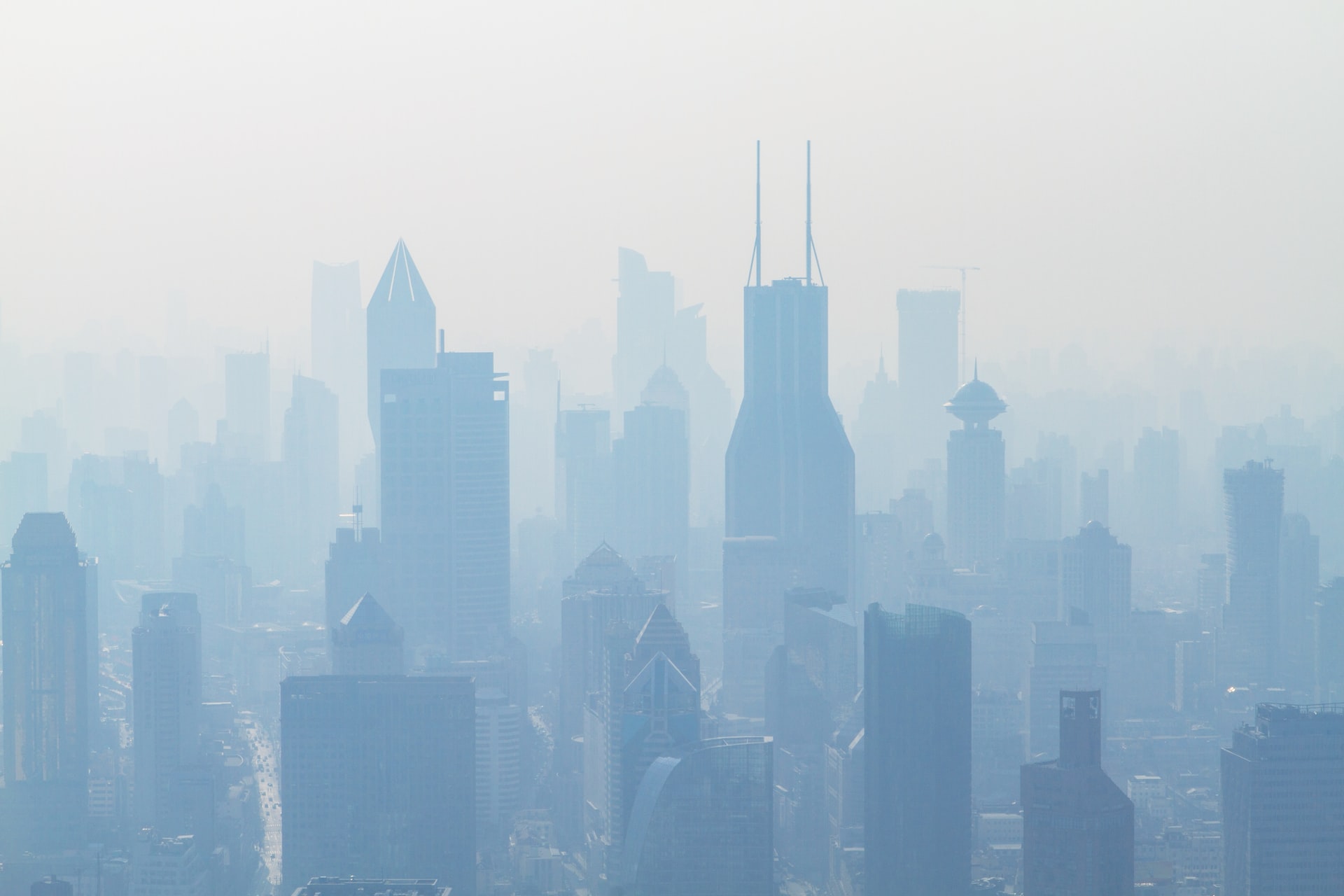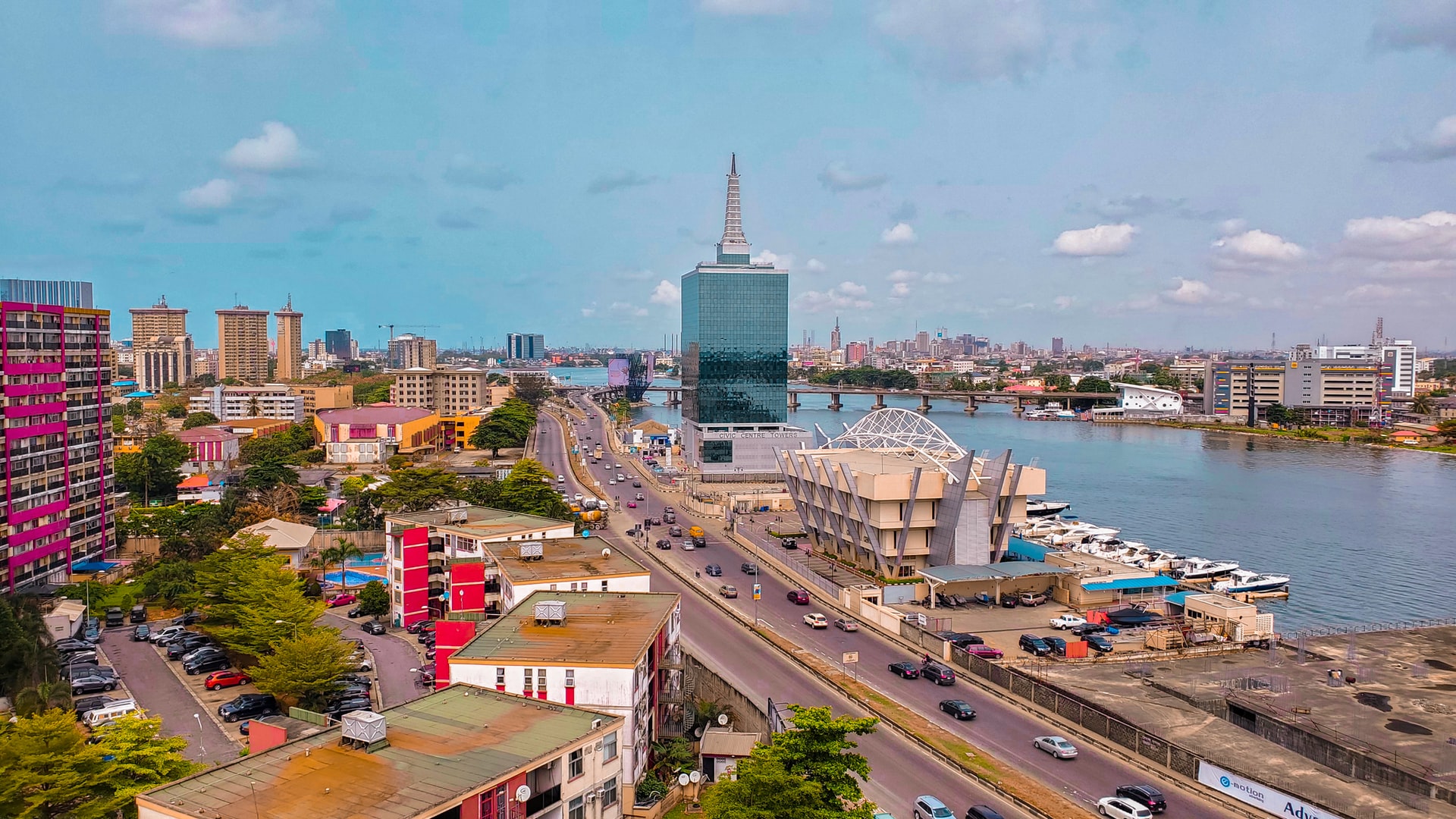Hundred Seconds to Midnight: The Transport Pollution Calamity
The subject of pollution finds mention across media channels all too often. In fact, so much is said and written about it and its impacts on our planet that it seems like just another thing on the news without much consequence.
This changed last year when the pandemic spread globally and lockdowns came into effect – what immediately registered on people’s minds was the fact that pollution levels had dropped significantly. Across the world, cities were registering far healthier air quality indices and there were also reports of how water bodies had also become so much clearer. People could see blue skies on a regular basis, and the peaks of snow-capped mountains miles away were suddenly visible for the first time in living memory. It felt like a miracle of nature!
In normal times, pollution is often attributed to infrastructure-building materials such as cement and steel production, and other polluting industries. While these are among the primary contributors to poor air quality in emerging economies, the transportation piece in this puzzle cannot be overlooked.
Pollution and Transport
Automobiles, ships, railways and airplanes are all major pollution generators. When lockdowns were imposed, the first realisation was the skies were so much clearer, thanks to less particulate matter in the atmosphere. Can innovative policymaking possibly result in significant declines in pollutant levels? More importantly, can technology offer reprieve from this predicament.
It is with the intent to deliberate and discuss issues of this nature that we are organizing a one-day virtual event on 18 March 2021, the Horasis Extraordinary Meeting on the United States of America. The event will run parallel sessions hosting key participants from the fields of business, government, academia and media to deliberate and find possible solutions to some of the pressing issues faced by the world.
Brief Evolution from Gasoline to Electric Usage
The past decade has witnessed rapid development in electric vehicle technology. Electric vehicles, by themselves, result in zero emissions and little by way of sound pollution. Considering they barely even need lubricants makes them an even better proposition at curbing pollution. However, the electricity generation source has often left room for debate. Naysayers have long argued that the carbon footprint of an electric car could well be equivalent to its gasoline powered counterpart. This is since electricity is mostly been derived from fossil fuel burning, at least in most of the developing world. Renewable sources of electricity generation are growing their share rapidly but there is still considerable time before these greener alternatives become fully mainstream across the majority of the globe.
It is also interesting that when automobiles first started becoming popular in the early 20th century, most were actually electric powered. The Duryea brothers and their creation were regarded as pioneers in this regard although not too long after, the shift towards gasoline became the norm. And in almost one hundred years, battery technology barely made any strides until the first decade of the 21st century. This too was after US based General Motors abruptly halted its electric vehicle program in the mid-1990s. Dubbed the EV1, this electric vehicle caught on at a time when the California Air Resources Board was under severe criticism for not doing enough to improve the extremely poor air quality index in California state. But pollution concerns were set aside and the company’s electric vehicle program would only be revived with the launch of the Chevrolet Volt in late 2010.
Sustainable Aviation Fuel Usage
In the airline sector too, rapid advances are being made but yet again, large scale implementation of greener or more sustainable practices are still some way into the future. One pioneering firm in this sphere is Singapore based Neste. This innovative organisation is manufacturing sustainable aviation fuel (SAF) and its product is priced at par with A1 jet fuel.
Of Neste’s total production, an estimated 75 percent is manufactured from waste and residue. Even more, it cuts emissions by up to 80 percent – a feat that can contribute immensely towards decarbonisation in the aviation sector. However, for SAF to become truly viable, it will need to meet production levels of 7 billion litres. This figure corresponds to about 2 percent of all jet fuel usage and this seemingly lofty goal could be realised by 2025.
At Horasis, we are of the firm resolve to decarbonise, reduce pollution and seek alternatives that are more sustainable. Pollution claims innumerable lives each year and if this menace is allowed to continue unchecked, it will contribute to a range of immediate and long-term impacts.
We have received some good news in that the US has decided to re-join the Paris Climate talks. Valuable time has been lost no doubt, but the hands on the Doomsday Clock can be sure be turned back from its current ‘hundred seconds to midnight’.
Photo caption: Pollution is one of the key challenges of our time, going hand in hand with increased urbanization. This is a shot of air pollution in Shanghai.




